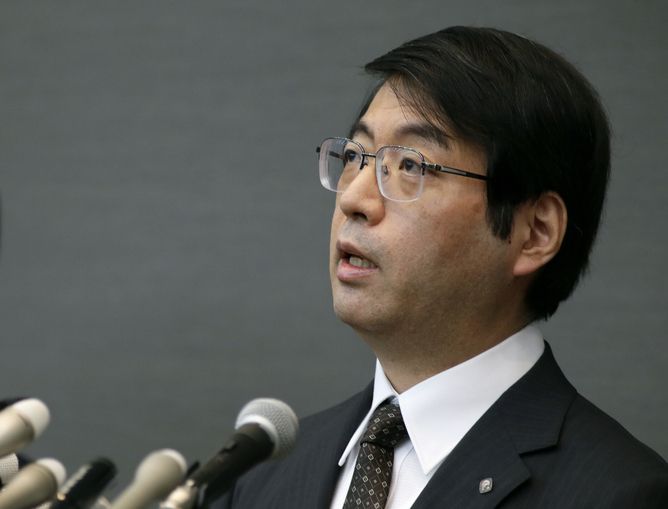
With Latest Death, Scientists Re-evaluate Stigma of Fraud (Op-Ed)

This article was originally published at The Conversation. The publication contributed the article to Live Science's Expert Voices: Op-Ed & Insights.
In 1987, my father, a scientist at the US National Institute of Health, killed himself after a member of his lab committed scientific fraud and he got caught up in the investigation. So I found the news that Yoshiki Sasai, a Japanese stem-cell scientist, had allegedly committed suicide in the wake of the STAP controversy deeply disturbing.
The STAP controversy began in January over two papers published in the journal Nature. In them, researchers claimed to have developed a simple method of creating embryonic-like stem cells, called STAP (or stimulus-triggered acquisition of pluripotency). The claim, if true, would have given stem-cell research a big boost. But, within months, problems with the papers were spotted and the researchers' institute deemed that the lead author Haruko Obokata was guilty of scientific misconduct.
Sasai, one of the leading stem-cell researchers in Japan, was a co-author on both the papers, which have now been retracted from Nature. He was, however, cleared of any charges of misconduct.
Neither was my father involved in fraud. But as one of the senior scientists on the research project, my father bore the brunt of institutional criticism. And he seemed to have been far more disturbed by it than the people who were found guilty of the fraud.
It is hard for me not to place at least part of the blame for my father’s death on the way the scientific community responds to scientific misconduct.
Obviously, fraud is a terrible thing. Nothing provides as deep an existential threat to the scientific enterprise than making up data. But as bad as it is, there is something deeply ugly about the way the scientific community responds to misconduct.
Sign up for the Live Science daily newsletter now
Get the world’s most fascinating discoveries delivered straight to your inbox.
We need to deal swiftly with fraud when it is identified. But time after time I have watched not only the accused, but everyone around them, be treated with such sanctimonious disdain.
Imagine what it must be like to have devoted your life to science, and then to discover that someone in your midst – someone you have some role in supervising – has committed the ultimate scientific sin. That itself must be disturbing enough. Indeed I remember how upset my father was as he was trying to prove that fraud had taken place. But then imagine what it must feel like to all of a sudden become the focal point for scrutiny – to experience your colleagues and your field casting you aside. It must feel like your whole world is collapsing around you, and not everybody has the mental strength to deal with that.
We are all so confident this could never happen to us, that it must be that somebody in a position of power was lax, or that the environment was flawed. It is there in the institutional response. And it is there in the whispers. I still remember how the faculty in my graduate department at the California Institute of Technology talked about David Baltimore when Thereza Imanishi-Kari, a researcher with whom Baltimore had published a paper in the journal Cell, was accused of scientific fraud. (Imanishi-Kari was eventually deemed not guilty.)
Given the horrible incentive structure we have in science today, it is somewhat of a miracle that more people don’t make up results on a routine basis. It is important that we identify, and come down hard, on people who cheat (although I wish this would include the far greater number of people who hype their results – something that is ultimately more damaging than the small number of people who commit fraud).
But the next time something like this happens, I am begging you to please be careful about how you respond. Recognise that, while invariably fraud involves a failure not just of honesty but of oversight, most of the people involved are honest, decent scientists.
A version of this article appeared on http://www.michaeleisen.org.
This article was originally published on The Conversation. Read the original article. Follow all of the Expert Voices issues and debates — and become part of the discussion — on Facebook, Twitter and Google +. The views expressed are those of the author and do not necessarily reflect the views of the publisher. This version of the article was originally published on Live Science.












